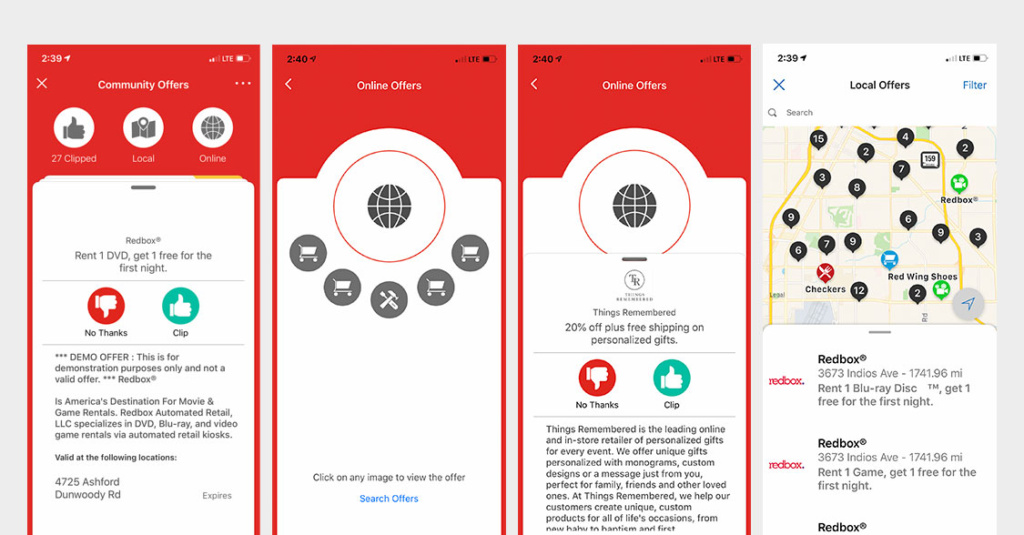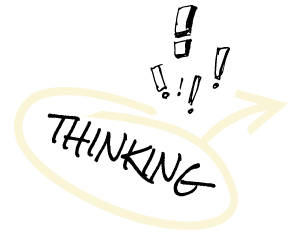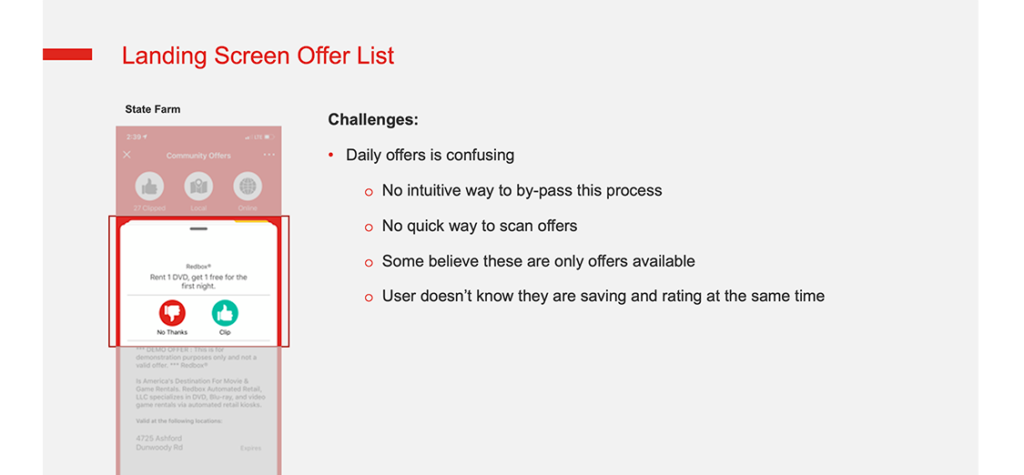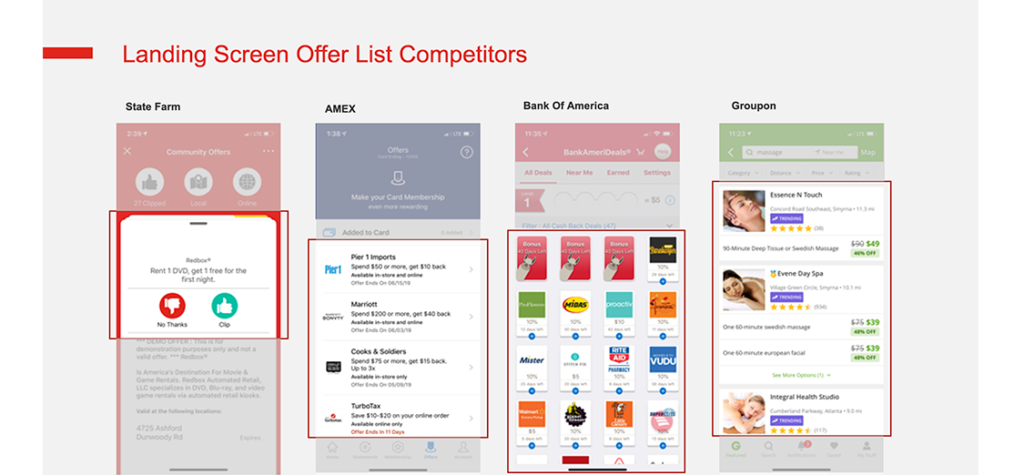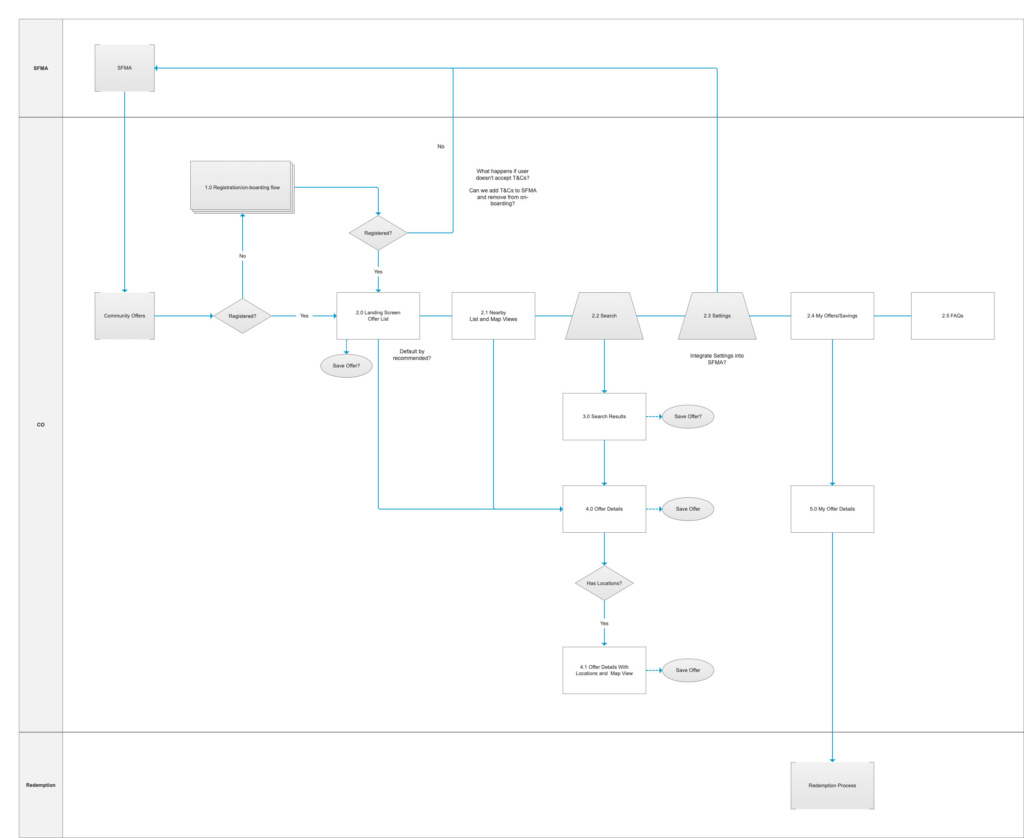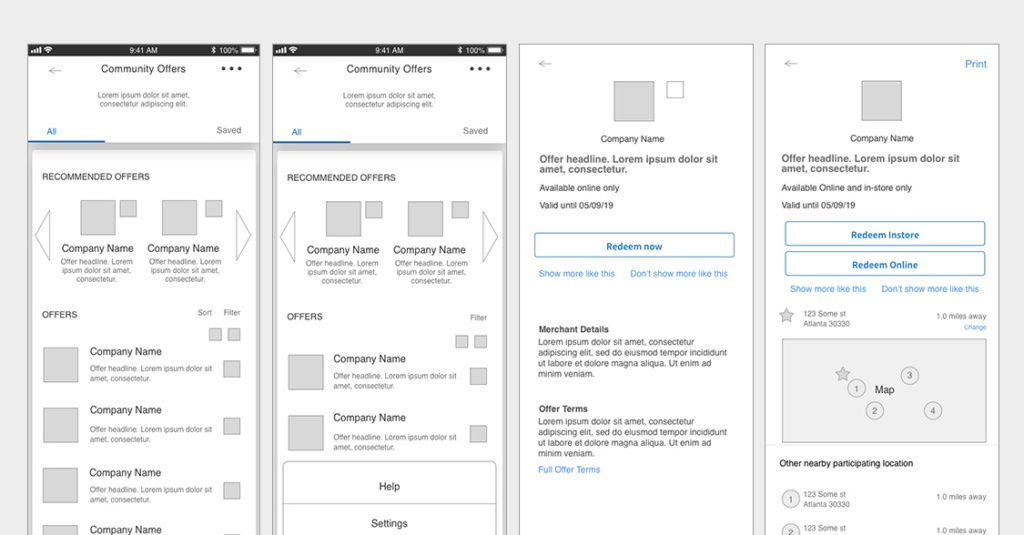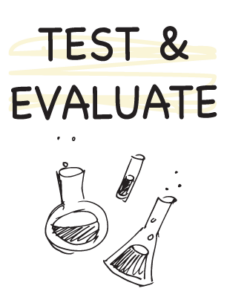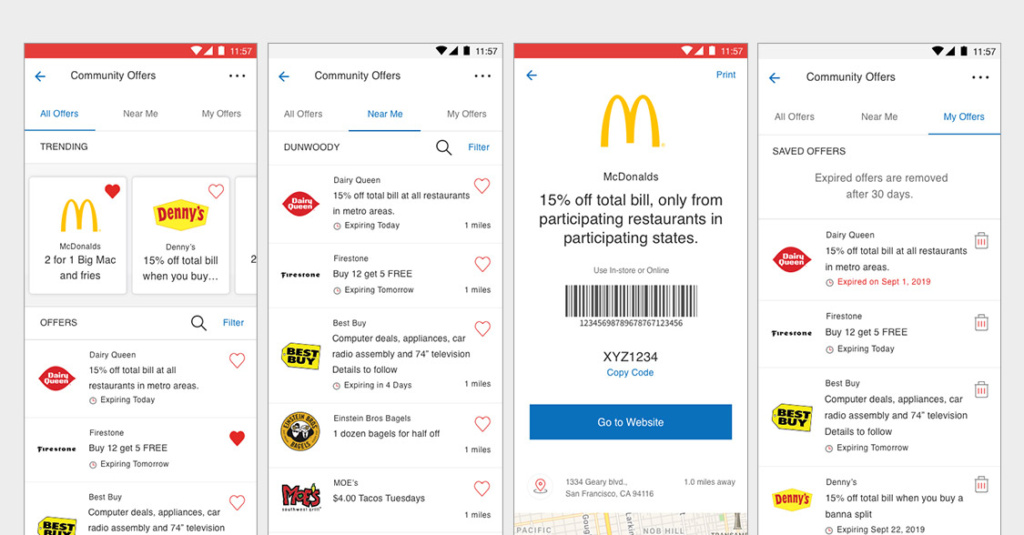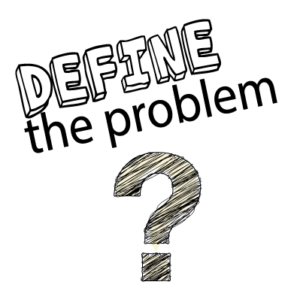
Why wasn't the program working? How could we improve it?
As the new UX lead of this team, it was important for me to gain insights of the existing program landscape. We began our Discovery phase with a Stakeholder review and follow-up heuristic evaluation of the mobile app and desktop responsive user experiences. We then conducted a competitive analysis by collecting and comparing data about competitors’ similar products and value propositions.
These methods were useful to examine, understand, and evaluate our direct and indirect competitors’ solutions, highlight products’ strengths and weaknesses to help us make informed decisions about our product and design strategy.
